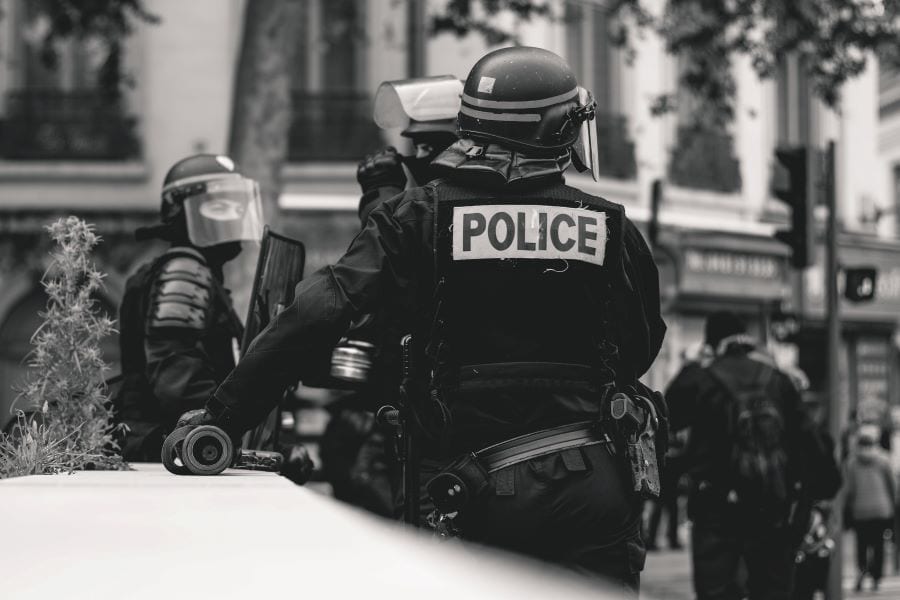Police gears and their heavyweight
The complaint of heavy police gears has gone on for longer than most officers have been in the force. Duty belt discomfort has become a commonplace complaint and a significant health issue for uniformed police personnel. From severe pain in the low back to the hip and pelvis, there is no doubt that the pressure exerted by the edges of the duty belt, holster shank and other equipment attached to the belt.
Duty belts are designed to carry police gears in a readily accessible manner, allowing the officer to operate hands-free. Since these police gears are a necessary part of the job, they must be carried on the officer’s body while working.
A typical duty belt equipment can include a handgun, handcuffs, flashlight, latex gloves, baton, radio, and pepper spray canister and can weigh up to 20 pounds when fully loaded. Research shows that discomfort from wearing a duty belt is driven by the weight of equipment on the belt, the placement of those items against the body and the force exerted on the equipment when the officer is seated in the patrol vehicle.
Over the years, the discomfort felt from duty belts has gotten worse because of the increased time spent in vehicles and heavier gear carried on the belt. The addition of radios and extra handcuffs, handguns and spare magazines can add 3 to 4 pounds to the belt. The belt itself is another source of discomfort. The more rigid the duty belt holster system, the more critical are its shape and location in obtaining a proper fit for the individual. Many leather duty belts can take several years to break in.
There has been a clamor for other alternatives in terms of the carrying system for police gears. Options such as suspenders have been raised. It is yet to gain widespread amidst the police force.
Follow along with our blog here.
